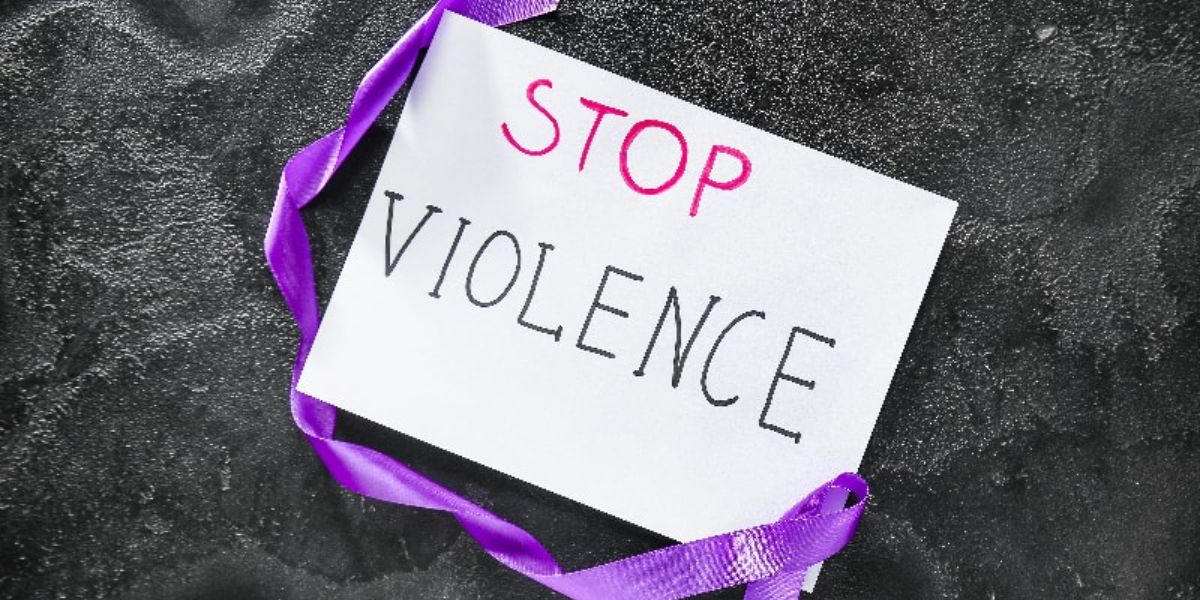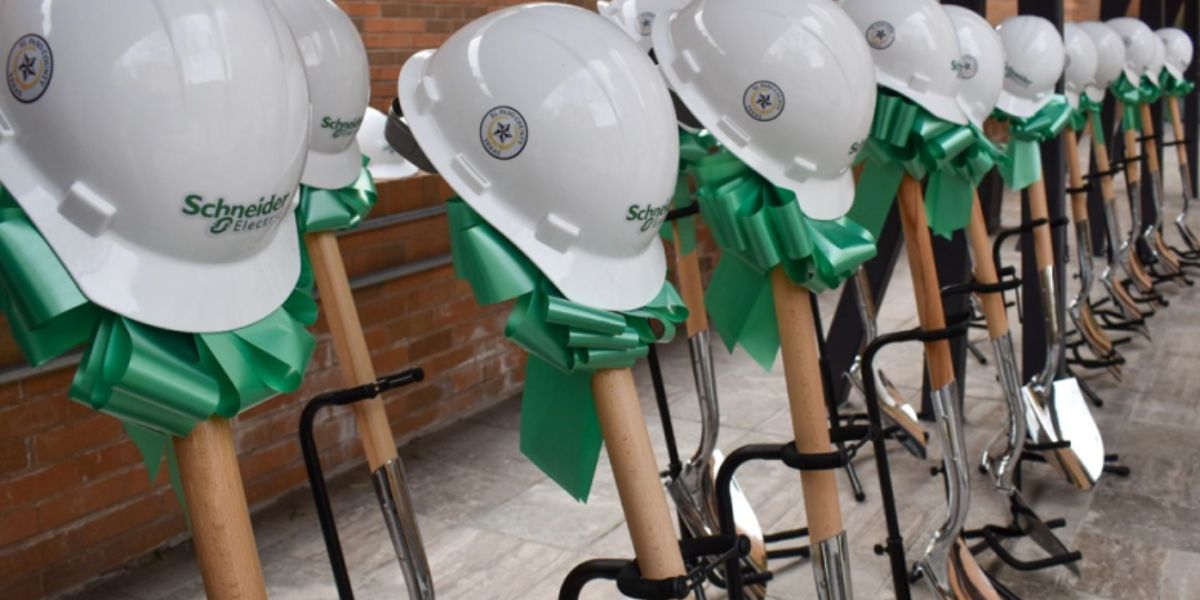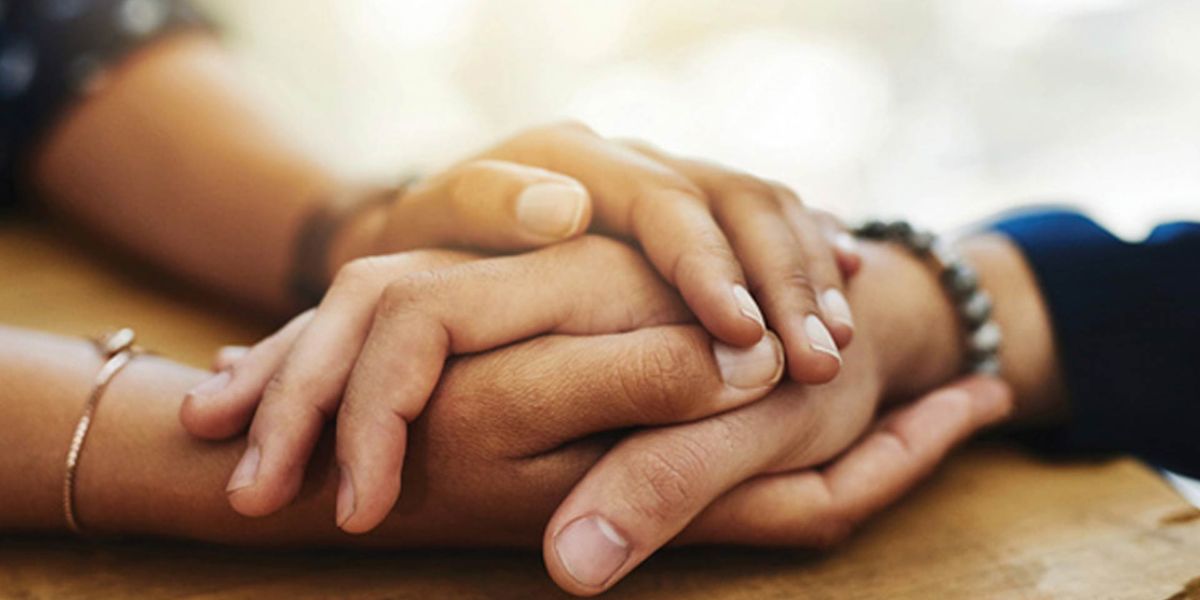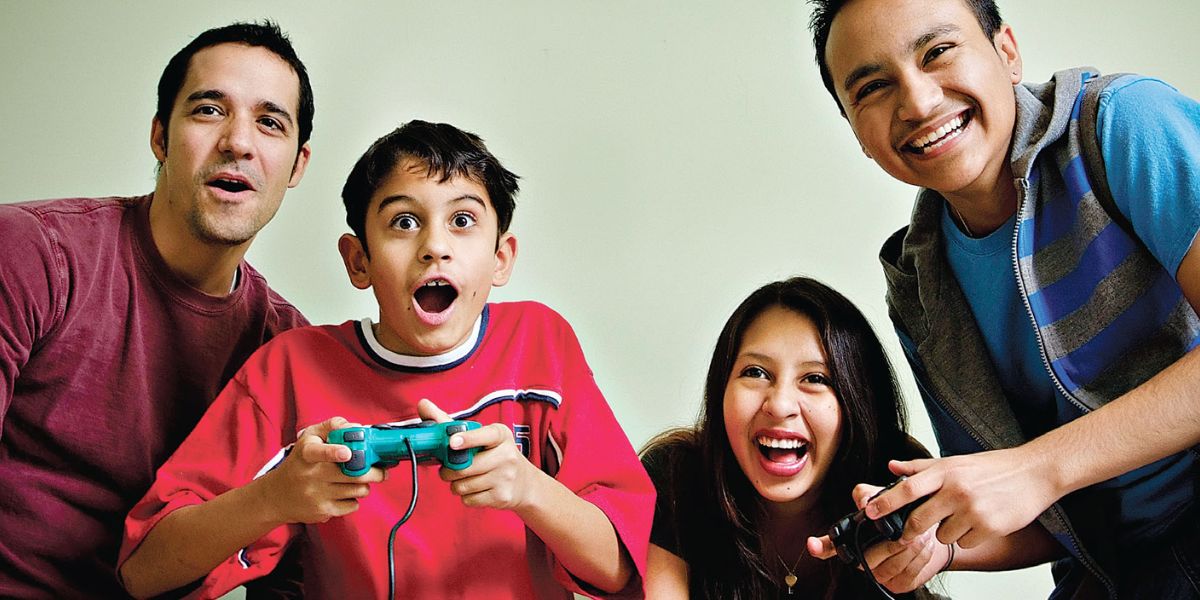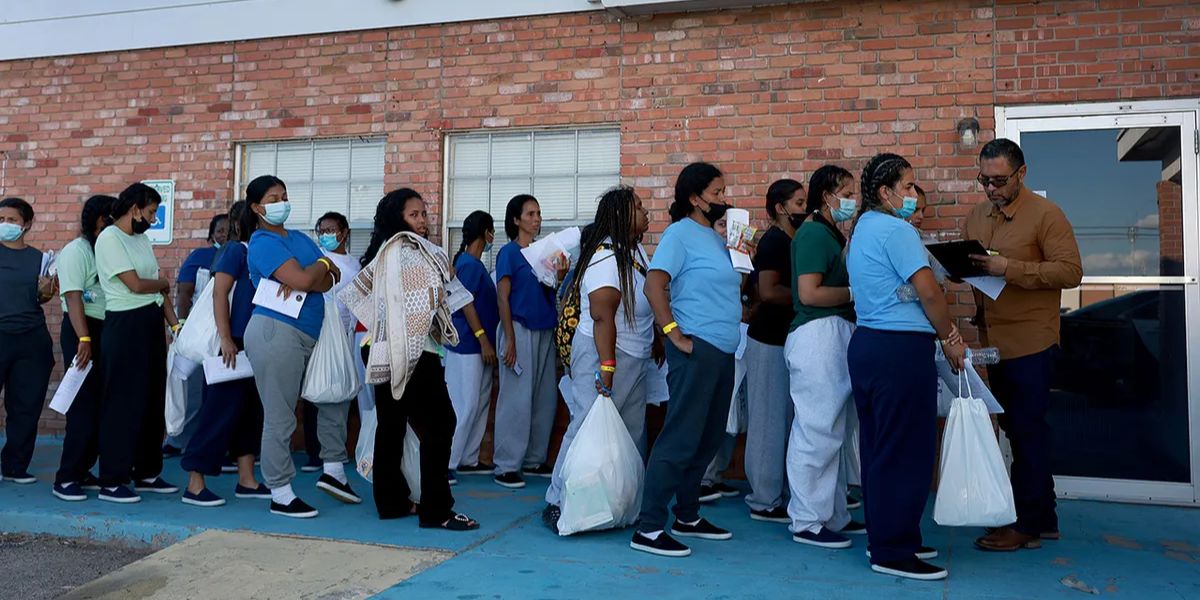El Paso, TX – When most people think about disaster preparedness, they picture stocked emergency kits, evacuation routes, or storm shelters. Few, however, consider its deeper link to violence prevention. Yet, as community safety experts in El Paso point out, the two are closely intertwined. A disaster — whether natural, economic, or social — often heightens stress, disrupts resources, and destabilizes families, creating conditions where conflict and violence can rise. Strengthening preparedness, therefore, isn’t just about survival — it’s about protecting people from harm in every form.
How Disasters Can Fuel Violence
Disasters test more than physical infrastructure; they test emotional endurance, social trust, and community relationships. When housing is lost, jobs disappear, or families are displaced, tensions can escalate quickly.
Table of Contents
According to a 2024 study from the University of Texas at El Paso, domestic disputes and neighborhood altercations tend to increase by 20–30% in the months following major emergencies. The reasons range from overcrowded living conditions and financial stress to grief and uncertainty.
As Miguel Ortega, a community resilience planner based in El Paso, explains:
“When communities face disaster, the stress doesn’t end when the storm clears. Families under pressure need support systems — not just relief aid — to prevent emotional pain from turning into conflict.”
In essence, violence prevention and preparedness share the same goal: reducing vulnerability. Both require planning, communication, and strong social networks.
The Emotional Aftershocks of Crisis
The aftermath of disasters often reveals hidden emotional wounds. People may feel fear, frustration, or helplessness, especially if they’ve lost homes or loved ones. Without proper support, these emotions can spill over into aggression or neglect.
Community psychologists call this “post-crisis stress aggression” — when unresolved trauma finds expression in harmful ways. Families struggling to regain stability may experience strained communication, heightened irritability, and even violence.
That’s why El Paso’s community recovery programs now integrate trauma-informed counseling and peer support into disaster response. By giving people tools to process emotions safely, the city helps prevent long-term harm.
“Every disaster leaves emotional debris,” Ortega notes. “Clearing it is just as important as clearing the streets.”
Building Safety Through Connection
Preparedness isn’t only about supplies — it’s about relationships. Communities with strong social ties recover faster and experience fewer instances of post-crisis violence. Knowing neighbors, checking in on vulnerable families, and building communication networks can make a crucial difference.
Programs like El Paso’s Neighborhood Resilience Initiative bring residents together to develop both emergency response plans and community support groups. These teams ensure that no one faces isolation after disasters — a major factor in preventing violence and self-harm.
Training also includes:
- Conflict de-escalation techniques during high-stress situations.
- Family communication plans for emergencies.
- Safe shelter management, ensuring privacy and emotional safety for all occupants.
By linking emotional safety with physical preparedness, El Paso’s approach addresses both short-term survival and long-term peace.
Women, Children, and Vulnerable Populations
Crises often magnify existing inequalities. Women and children, particularly those in unstable or abusive households, face increased risks of violence after disasters. Shelters may be overcrowded, privacy reduced, and services stretched thin — conditions that can make victims more vulnerable.
Local nonprofits like CASFV (Center Against Sexual and Family Violence) and Project Vida have adapted their emergency response models to include on-call advocates during community disasters. These advocates provide confidential crisis support and safe transportation for those at risk.
“When disaster strikes, we can’t assume everyone is safe at home,” says Ortega. “Preparedness must include plans for protection — especially for those already living on the edge.”
Integrating Prevention into Preparedness Planning
El Paso’s city agencies are now embedding violence prevention into disaster training, neighborhood planning, and family readiness education. The city’s Community Safety Collaborative works with schools, hospitals, and nonprofits to design preparedness materials that address both safety and mental health.
Families are encouraged to include in their emergency kits not only first-aid items but also resource lists for counseling, domestic violence hotlines, and local support centers. These details can make the difference between a temporary crisis and lasting harm.
Schools and workplaces are also adding emotional regulation training to their preparedness drills, helping individuals stay calm and communicate effectively under stress.
A Unified Model for Safer Communities
El Paso’s evolving preparedness model demonstrates that resilience isn’t just about enduring disasters — it’s about preventing the ripple effects that follow them. When communities combine readiness, compassion, and communication, they reduce both physical and emotional risk.
“Preparedness and peace go hand in hand,” Ortega explains. “When families know what to do in an emergency — and how to care for one another after — we prevent panic, conflict, and violence.”
Looking Ahead: Preparedness as Prevention
The lessons from El Paso are clear: disaster resilience and violence prevention are two sides of the same coin. By planning ahead — not only for what we can see, but also for the emotional impact of crisis — communities can protect lives in more ways than one.
The city’s next steps include expanding neighborhood training programs, strengthening family communication resources, and increasing funding for trauma-informed crisis response teams across West Texas.
Because when disaster strikes, prepared communities don’t just survive — they stay connected, compassionate, and safe.
What do you think?
Do you see disaster preparedness and violence prevention as part of the same goal? Share your thoughts or local insights in the comments below and explore more resilience strategies at reachviolenceprevention.org.

